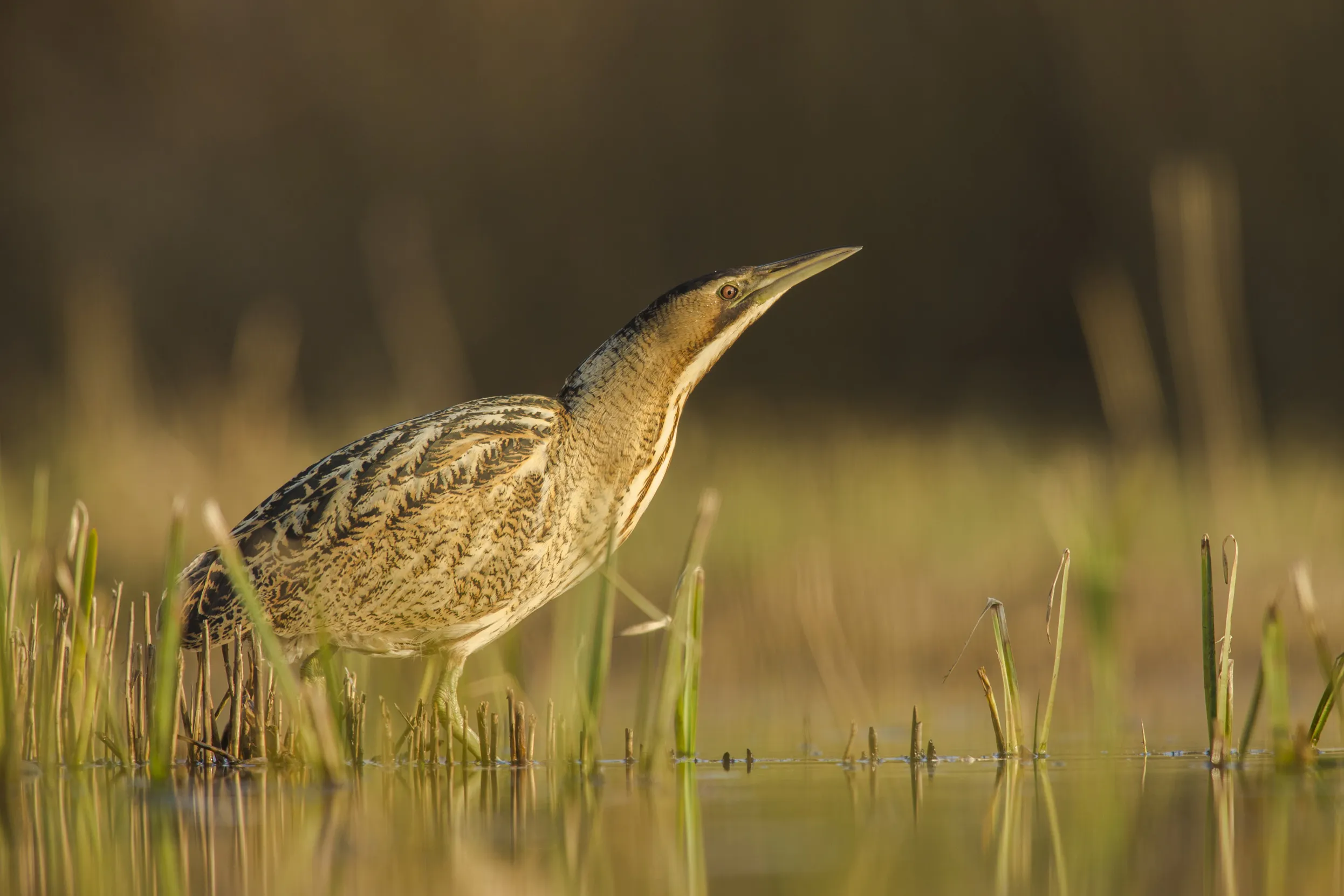News
NGOs once again join forces to support UK governments on sandeel closure
The RSPB and partners respond to the EU’s decision to trigger arbitration on sandeel fishing.
Good news! Bitterns, the UK’s loudest bird, have had another bumper year and successfully nested at their most northerly spot in the UK on record.

The numbers are in. Survey results by RSPB and Natural England show that last year was a great year for Bitterns, with 228 males counted booming out their sub-bass song. This is the same number as last year and shows that the population is still doing really well.

What is new this year is Bittern’s have successfully bred at RSPB Salthome on Teesside for the first time in recent history. This makes them the most northerly breeding Bitterns in the UK and is testament to the huge conservation efforts by the team to create the perfect conditions for Bitterns to raise their chicks.
Although most Bitterns breed in England, with a few in Wales, they were once found in Scotland and Northern Ireland. There is hope that they will continue to spread their wings and once again find themselves there.
The survey revealed that more than half of the UK’s Bittern population are found on RSPB reserves. This is because some, like Salthome, are managing their reedbeds in specific ways to attract Bitterns and other rare wetland birds such as Crane and Great White Egret.

Bitterns are secretive birds and difficult to spot when they’re hidden in the reedbeds. But the male’s distinctive call sounds like the low notes on a giant’s set of pan pipes and can be heard up to three miles away. They call to establish territories and attract female mates through the season. But thousands of volunteers who give up their time for nature also listen out for it and record it. Without them this essential part of Bittern conservation work wouldn’t be possible.
Although numbers are still pretty low, the survey is good news for the stocky, secretive Heron. Bitterns became extinct in the UK in the 1870s because of over-hunting for food and draining of their wetland homes for agriculture. The species returned to Norfolk in 1900 but dropped again to just 11 booming males by 1997, leaving them on the edge of a second national extinction. With their future hanging by a thread, the RSPB set up a research programme to find out how we could help the birds recover.
A key part of this was recreating, managing and protecting their wetland habitats. Bitterns need reedbeds to skulk and hide in as they seek out fish, insects, and amphibians to eat. But they’re also vital for a huge number of other species, as well as helping to fight against climate change.
Simon Wotton, RSPB Senior Conservation Scientist, said: “One of the aims of the Bittern work since 1990 was to create and restore suitable wetlands away from the coast – to create safe sites that wouldn’t be affected by the effects of climate change such as rising sea levels. Rewetting these spaces also helps prevent flooding and fights the climate crisis – wetlands are incredible carbon sponges, with coastal wetlands locking in more carbon that forests. A win-win for the nature and climate crisis.”

They may be rare but RSPB nature reserves are some of the best places to have a chance of seeing, or hearing a Bittern first hand. Head out on a still spring morning and you could hear the male’s call at:
You too can play a part in saving the wonderful wildlife and wild places we have in the UK. For more information on how to help save nature at home, at work, at school and in the community, visit www.saveourwildisles.org.uk
